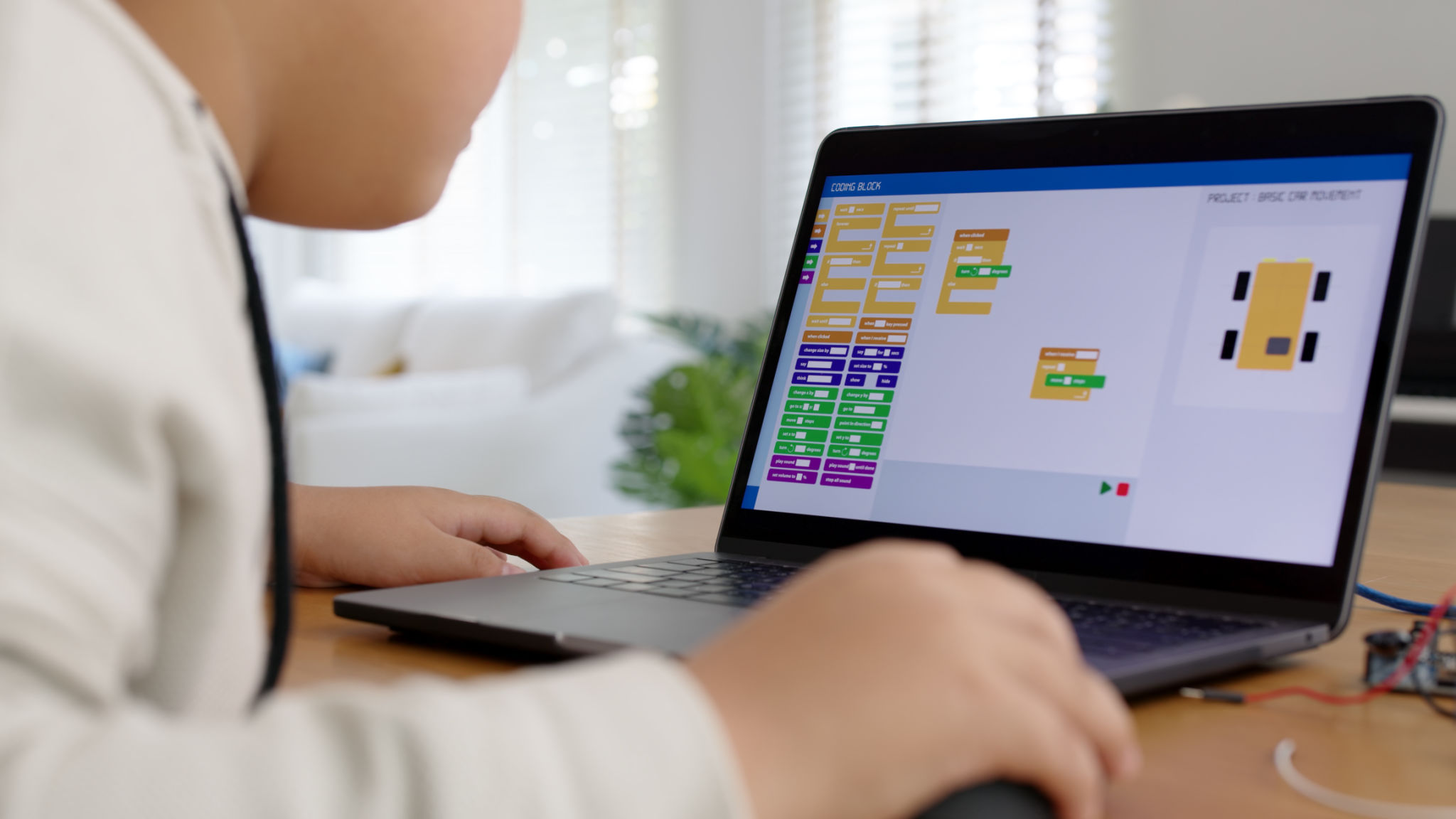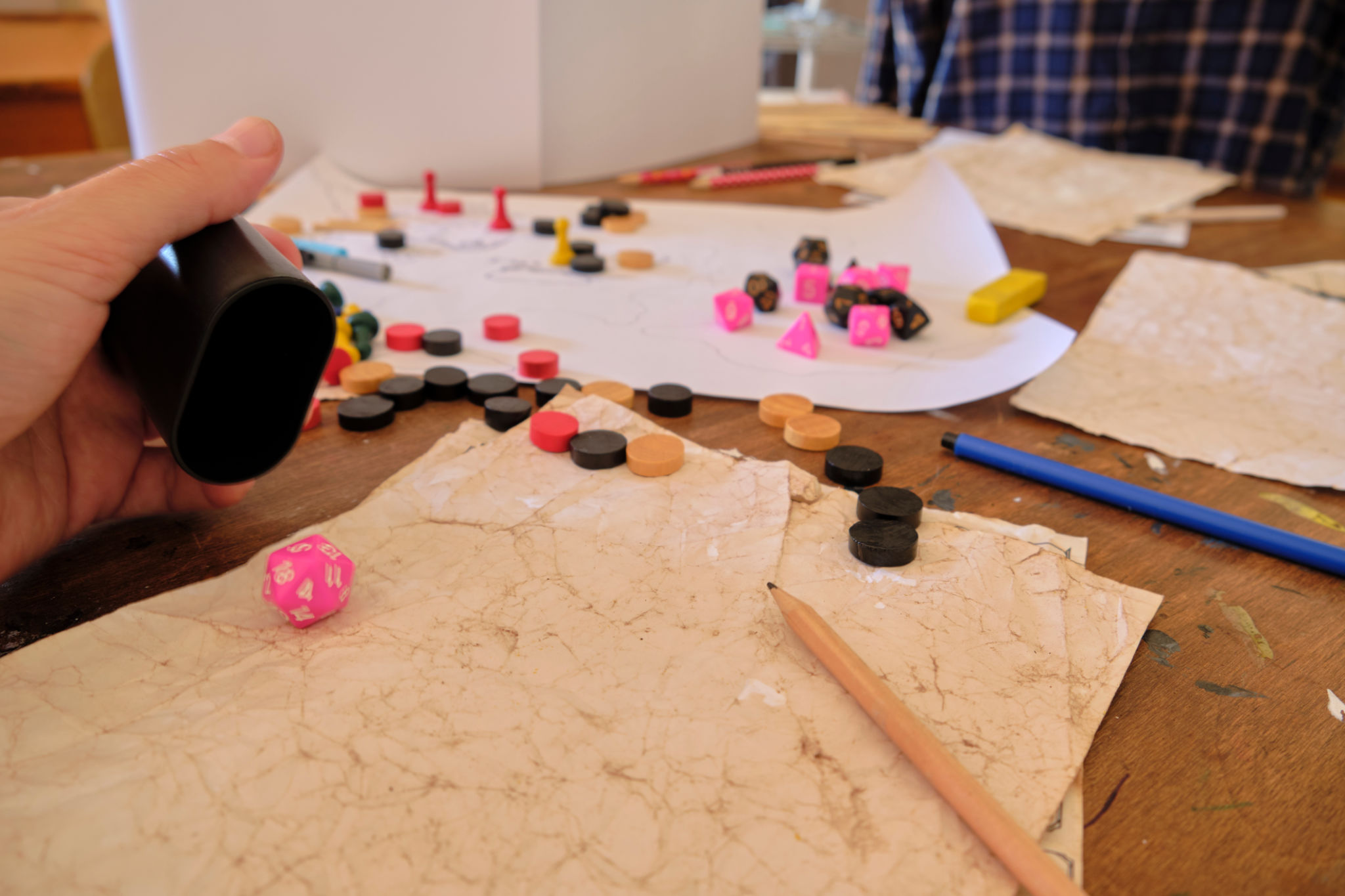How to Create a Custom Board Game: From Idea to Production
Brainstorming Your Board Game Idea
The journey to creating a custom board game begins with a spark of creativity. Start by identifying the theme or concept that excites you. Whether it’s a fantasy adventure, a historical reenactment, or a strategic business simulation, your theme will be the cornerstone of your game. Consider what makes your idea unique and appealing to potential players.
Once you have a theme in mind, brainstorm the core mechanics of your game. Will it be competitive, cooperative, or a mix of both? Think about how players will interact with the game and each other. Sketch out some basic ideas and rules that align with your theme to create an engaging experience.

Designing the Game Mechanics
With a solid theme in place, delve deeper into designing your game's mechanics. Consider the rules, objectives, and player actions. Balance is crucial in game design, so ensure that no single strategy dominates play. This balance keeps the game fair and enjoyable for all participants.
Create prototypes of your game components, such as cards, boards, or tokens, using simple materials like paper and cardboard. Playtest these early versions with friends or family to refine your mechanics. Pay attention to their feedback and make adjustments accordingly. Remember, iteration is key to developing a successful board game.

Creating Engaging Game Components
Once your mechanics are polished, start designing your game's components. This includes the game board, cards, tokens, dice, and any other elements your game requires. Focus on creating visually appealing and functional designs that enhance gameplay.
Consider hiring a graphic designer if you need help bringing your vision to life. High-quality visuals can significantly impact a player's experience and perception of your game. Ensure that all components are thematically consistent and easy to understand.

Playtesting and Refinement
With your game's components designed, it’s time for extensive playtesting. Invite a diverse group of people to play your game and provide honest feedback. Look for patterns in their responses and identify any recurring issues or areas for improvement.
Use this feedback to refine your mechanics, rules, and components further. The goal is to enhance player enjoyment while maintaining the game's integrity. Be open to making significant changes if necessary to achieve the best possible version of your game.

Preparing for Production
Once you're satisfied with your game, it's time to prepare for production. Research manufacturers who specialize in board games and request quotes based on your specifications. Consider factors such as cost, quality, and production time when selecting a manufacturer.
Ensure that all files needed for production are in the correct format and meet the manufacturer's requirements. This includes artwork, instructions, and specifications for each component. Clear communication is essential during this stage to avoid costly mistakes.
Marketing and Launching Your Game
While your game is in production, start developing a marketing strategy. Create a compelling story around your game to attract potential players. Utilize social media platforms, gaming forums, and crowdfunding sites to build anticipation and gather support.
Plan a launch event or online campaign to introduce your game to the world. Offer incentives like limited edition components or early access to encourage pre-orders. Keep engaging with your audience post-launch to maintain interest and support for future projects.

